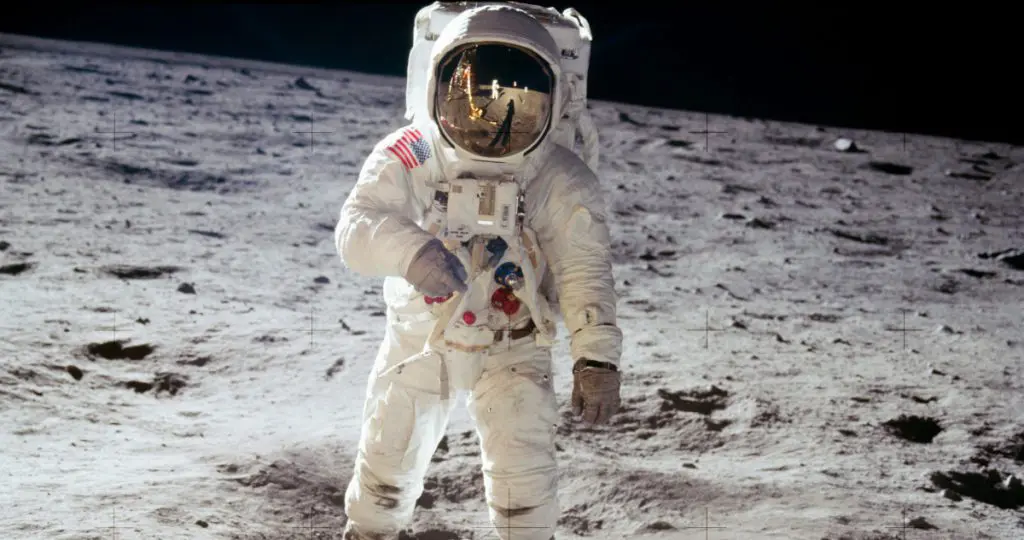United States – Life on Mars may not be as surreal as David Bowie’s song made it out to be; a new technique pioneered by US researchers of Stanford University is able to transform Mars or moon rocks into concrete. This bio-recycling discovery is hailed as a game-changer for NASA’s mission to establish human settlements on nearby planets by 2030.
People would need ‘thousands of tons’ of concrete to survive on other planets like the moon or Mars because of they are frequently bombarded with lethal radiation and small meteorites that could easily damage ordinary structures, according to David Loftus of NASA’s Ames Research Center.
He didn’t expect that animal protein would be the answer to this problem. Indeed, a protein from bovine blood – a fairly cheap by-product of slaughterhouses – results in a strong and ‘promising’ form of concrete, confirms Michael Lepech, an associate professor of civil and environmental engineering at Stanford School of Engineering.
To replicate the conditions on Mars and the moon, Lepech has combined the protein with simulated extraterrestrial soils and mixed the material with a vacuum technology that is used to produce the composite materials for boat hulls.
The first batch was as strong as the concrete used for sidewalks and patios and endured several pressure simulations. Researchers replicated disruptive space phenomena by blasting the material with high-speed gas particles at the Ames Vertical Gun Range.
‘One of the big advantages of bio-based concrete is that the binding proteins can be recycled time after time,’ the researchers point out.
Don't hesitate to contact us to share your input and ideas. Subscribe to the magazine or (free) newsletter.



